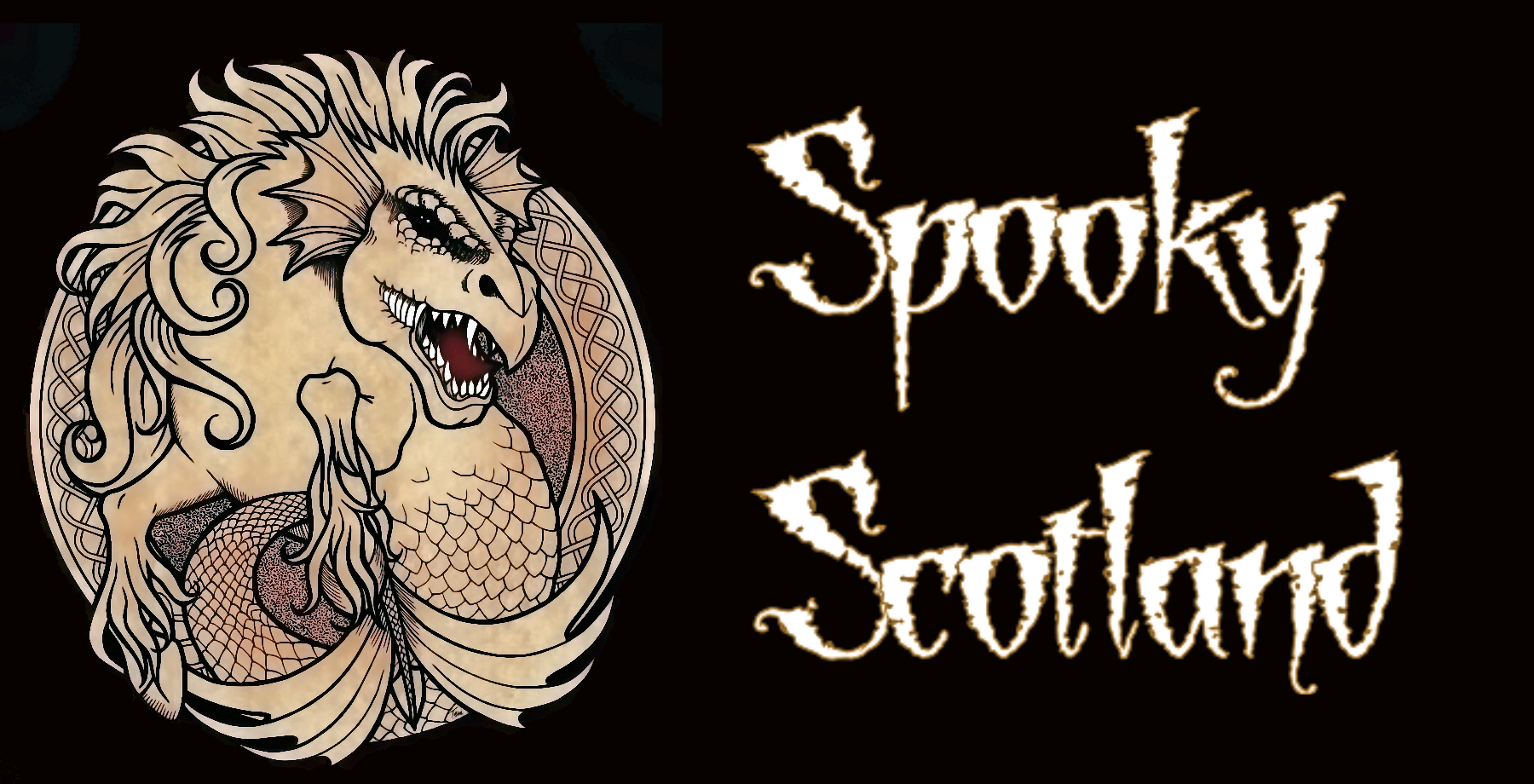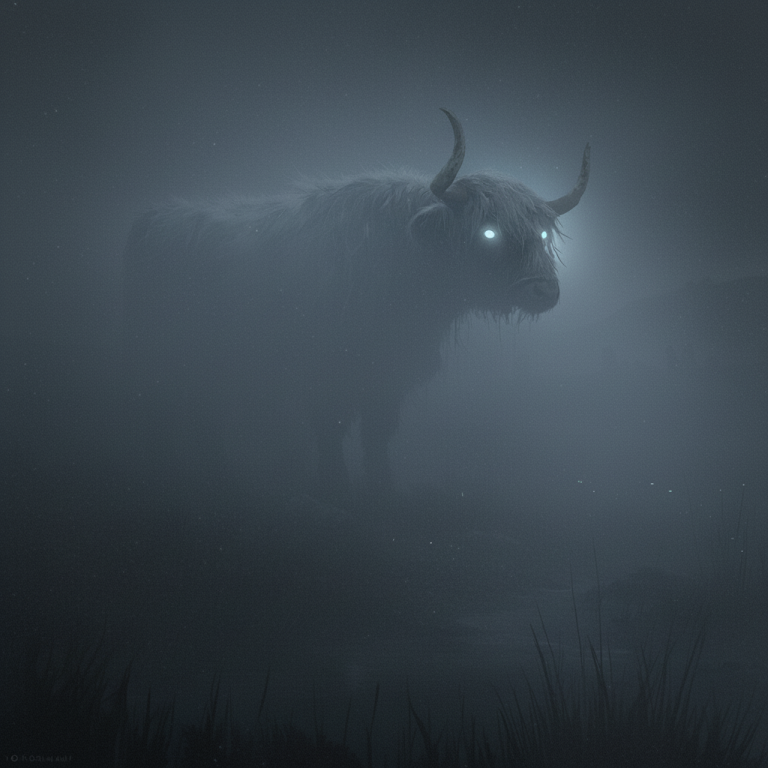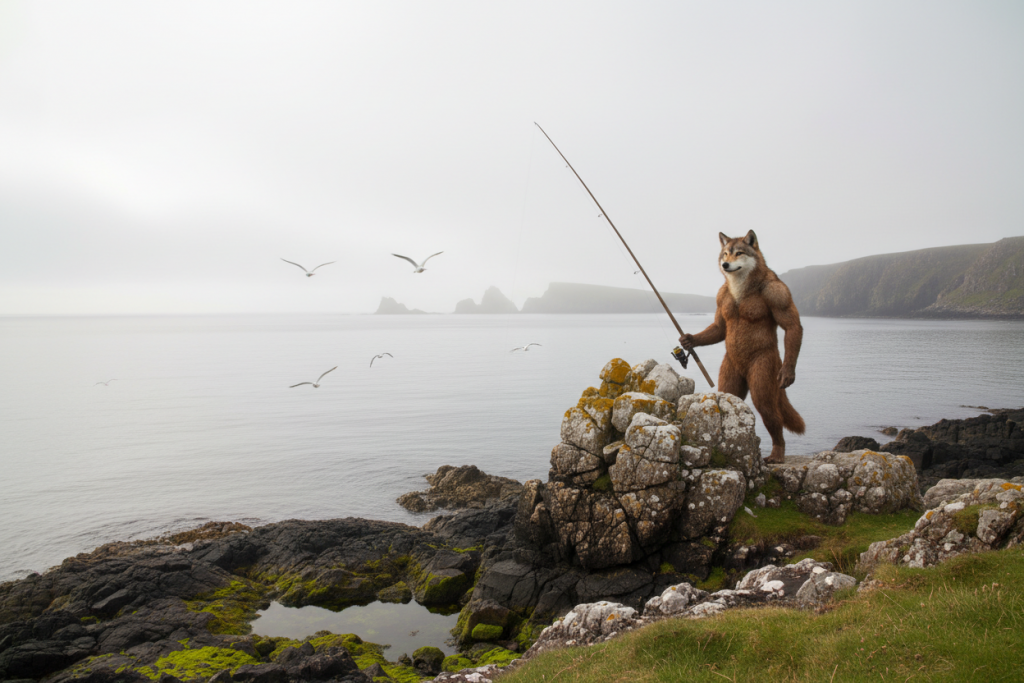Name pronunciation:
KAL-yakh BAY-rah (Cailleach = “KAL-yakh” with a guttural “kh”; Beira = “BAY-rah”)
General Information:
In Scotland, Cailleach Beira is the Goddess of Winter and a Creator Goddess. She shapes mountains, makes lochs, and drives storms. People know her as a divine hag and giantess who rules the cold months, hardens the ground with her staff and checks the growth of grass. She is closely associated with Bride (Brìghde), the Goddess of Summer. Many traditions see Bride and the Cailleach Beira as seasonal counterparts, and some say they are two faces of the same goddess. Moreover, she is related to the Bodach, often named as her husband, in Glen Lyon lore and elsewhere. The Cailleach’s time of power runs from Samhain to Beltane.
Etymology helps explain her force. “Cailleach” means “old woman” or “hag” in Gaelic, from Old Irish “Caillech,” “veiled one,” ultimately linked to Latin “pallium.” Scottish forms like Cailleach Bheurra carry the sense of “sharp” or “cutting,” echoing her harsh winds and biting cold.
Appearance:
Accounts describe Cailleach Beira as:
- Huge and powerful, striding over mountains and sea-arms.
- Blue or blue-black of face, sometimes with one keen eye on her brow.
- Long, matted white hair like hoar-frosted aspen.
- Rust-red teeth, grey garments, a dun plaid, a kerchief or mutch, and buskins.
- A magic staff or hammer (slachdan/farachan) used to freeze the soil and suppress growth.
At seasonal turning, she may transform into a beautiful maiden, signalling luck and plenty.
Habitat:
Cailleach Beira belongs to wild places: high peaks, storm-battered coasts, cairns and caves, lonely lochans and river mouths.
Key Scottish sites:
- Ben Nevis (her “mountain throne”) and Glen Nevis.
- Ben Cruachan and the Pass of Brander (flood-origin traditions).
- The Corryvreckan whirlpool, her “plaid-washtub.”
- Beinn na Caillich on Skye and Schiehallion in Perthshire.
- Falls of Lora and Loch Etive stepping-stones.
- Ross of Mull shores and bleak lochans with cairns.
Behaviour:
As Goddess of Winter, Cailleach Beira:
- Strikes the land with her staff to harden it and hold back the grass.
- Drives named spring gales (Feadag, Gobag, Sguabag) as winter resists the returning sun.
- Guards sacred wells and expects them to be covered at sunset; if not, floods reshape the land.
- Washes her plaid in Corryvreckan to whiten the land with snow.
- In late winter, throws her wand under a whin bush or holly and departs in anger as spring wins through.
She is a herder of wild animals and a strict upholder of taboos and hospitality.
Shape-shifting Ability:
Cailleach Beira changes form readily:
- Hag to radiant maiden at the season’s turn.
- Birds such as heron, gull, cormorant or eagle.
- Sea-creature, water-dragon or beither in some tales.
- Sow or other beasts when fleeing.
- A grey boulder during the warm season.
These shifts track the seasonal cycle and the balance between wilderness and growth.
Variant:
Regional faces and names include:
- Cailleach Beira / Cailleach Bheur: winter hag, storm-bringer, deer-herder.
- Muilearteach: a sea-hag of the Hebrides. (But might also be one of her Cailleachan sisters)
- Mala Liath (“Grey Eyebrows”): tied to swine and the boar of Glen Glass.
- Gyre Carlin/Nicnevin: Lowland “mother witch,” echoing the Bone Mother.
- “Daughter of the little sun”: linked to the winter sun in the old Celtic calendar.
Crucially, in Scottish tradition, she is both the Goddess of Winter and a Creator Goddess, paired with Bride, the Goddess of Summer. Many say Bride and Cailleach Beira are aspects of the same divine being. She is also related to the Bodach, spoken of as her husband in Glen Lyon traditions (Tigh nan Cailleach/Tigh nam Bodach).
Location in Scotland:
- Highlands and Inner Hebrides: Ben Nevis, Glen Nevis, Ben Cruachan, Schiehallion, Beinn na Caillich (Skye), Tiree (Ben Hynish), Ross of Mull.
- Argyll and Isles: Corryvreckan (Coire Bhreacain), Pass of Brander, Loch Awe, Falls of Lora/Loch Etive.
- Perthshire and Sutherland: Glen Lyon’s Tigh nan Cailleach/Tigh nam Bodach shrine; deer enchantment lore in the far north.
Place-names with “Cailleach,” “old wife,” byres, milking-folds, and “cheese-vat” hollows often mark her stories.
Stories/ Sightings or Experiences:
Beira’s Plaid and the Whirlpool
On the west coast, Cailleach Beira ushers in winter by washing her great plaid in Corryvreckan. For three days, the sea roars before the cauldron boils. When she is done, her plaid is white, and snow covers the land. This explains the first tempests and the whitening of the hills at the start of her reign as Goddess of Winter.
The Spring Gales and the Thrown Wand
As winter loosens, named winds arrive—Feadag (whistle), Gobag (pecking), Sguabag (sweeper)—and the period A’ Chailleach sets in. Beira fights the quickening grass. Yet when sun, dew and rain lift the blades, she flings her wand into a whin bush or under holly and vanishes in fury. People say that is why no grass grows under holly. In some places, Latha na Cailliche on 25 March marked her overthrow and Bride’s stronger hand in the year.
The Chase from Ben Nevis and the Stone Ending
Through winter, Beira holds a beautiful maiden on Ben Nevis. Her son, Angus Og, falls in love and elopes with the girl. Beira raises storms to part them. In certain versions, the son puts out her single eye during the chase. To escape, she turns into a grey stone gazing to sea. Hoof marks and leaps in the landscape—like Leum an Eich in Tiree and the “Horse Shoes” near Loch Etive—are tied to this pursuit.
The Loathly Hag and the Fianna
At night, a fearsome hag seeks shelter with the Fianna. Fionn and Oisín refuse. Diarmaid lets her warm herself by the fire but keeps a fold of blanket between them. Suddenly, she becomes a radiant maiden. The story shows Beira’s double face—winter’s hunger and summer’s generosity—and hints at Bride and the Cailleach Beira being two aspects of one goddess.
The Overflowing Well and the Birth of Loch Awe
On Ben Cruachan, Beira is the guardian of a summit well. Weary from driving her goats across Connel, she falls asleep and forgets to cover the spring at sunset. The water overflows, breaks through the Pass of Brander, drowns the plain and forms Loch Awe. Similar tales explain Loch Tay, Loch Eck and even Loch Ness. As Creator Goddess, she reshapes the land, sometimes by spilling stones out of her creel.
The Deer Byres and the Blue Yarn
Hunters blame Beira when deer vanish. In Sutherland, a watcher says he saw her at dawn, milking hinds at her hut. A hind eats a hank of blue yarn; Beira strikes it and says the spell is off, and Lord Reay’s bullet will take it. Later that day, hunters kill a yellow hind and find the yarn in its stomach. Here she is, the deer-herder and spell-worker, deciding the luck of the hunt.
Mala Liath and the Boar of Glen Glass
By Loch Glass, Mala Liath—another face of Beira—keeps swine and guards a monstrous boar. Oracle birds warn Diarmaid, yet he fails to give heed, and hunts the boar. She taunts him; he throws her off a cliff in anger, kills the boar, and is mortally wounded by a venomous bristle to his heel.
The Heron at the Bleak Loch
In Moray, people tell of a cold lochan with a cairn. A heron shot with silver is said to have been the Cailleach herself, who had spread sickness among man and beast. After this, her ghost still haunts the shore at gloaming. Witchcraft beliefs and older goddess memories mingle in this sighting.
Bride and Beira: Two Faces of the Year
In many Scottish traditions, Bride and Cailleach Beira share the year. Bride rules summer; Beira rules winter. On Là Fhèill Brìghde (1 February), people watch the weather. If it is bright, Beira is out gathering wood to stretch winter; if foul, she sleeps and winter will soon end. Some say Beira turns to stone at Beltane and wakes at Samhain. Others say Bride and the Cailleach Beira are the same goddess seen at different times.
The Bodach and the Stone Family
In Glen Lyon, a small shieling called Tigh nan Cailleach (also Tigh nam Bodach) houses water-worn stones that represent the Cailleach, the Bodach (her husband) and their children. Local tradition says that if, at Beltane, the stones are set out to look over the glen and, at Samhain, returned and made secure for winter, the glen will remain fertile. The rite continues, tying the Creator Goddess and her husband into the land’s yearly rhythm.
Purpose of the myth or Legend:
- Seasonal frame: Cailleach Beira personifies winter, while Bride personifies summer. Together they map the year’s halves, and sometimes they are two aspects of one goddess.
- Creator role: As a Creator Goddess, Beira makes mountains, lochs and passes through acts like washing her plaid, striking the ground, and the overflowing of sacred wells.
- Weather and winds: Her stories explain late storms, named spring gales and the stubborn hold of frost.
- Animal lore: She herds deer, keeps goats and cattle, and is linked with boar and even wolves. Fishing luck and riverside omens also sit under her influence.
- Social lessons and rites: Hospitality, and seasonal rituals (like the Glen Lyon stone rite with the Bodach and their children) sustain fertility and luck.
- Identity and relationships: Emphasising that in Scotland, she is both Goddess of Winter and Creator Goddess, associated with Bride, and related to the Bodach as her husband.




